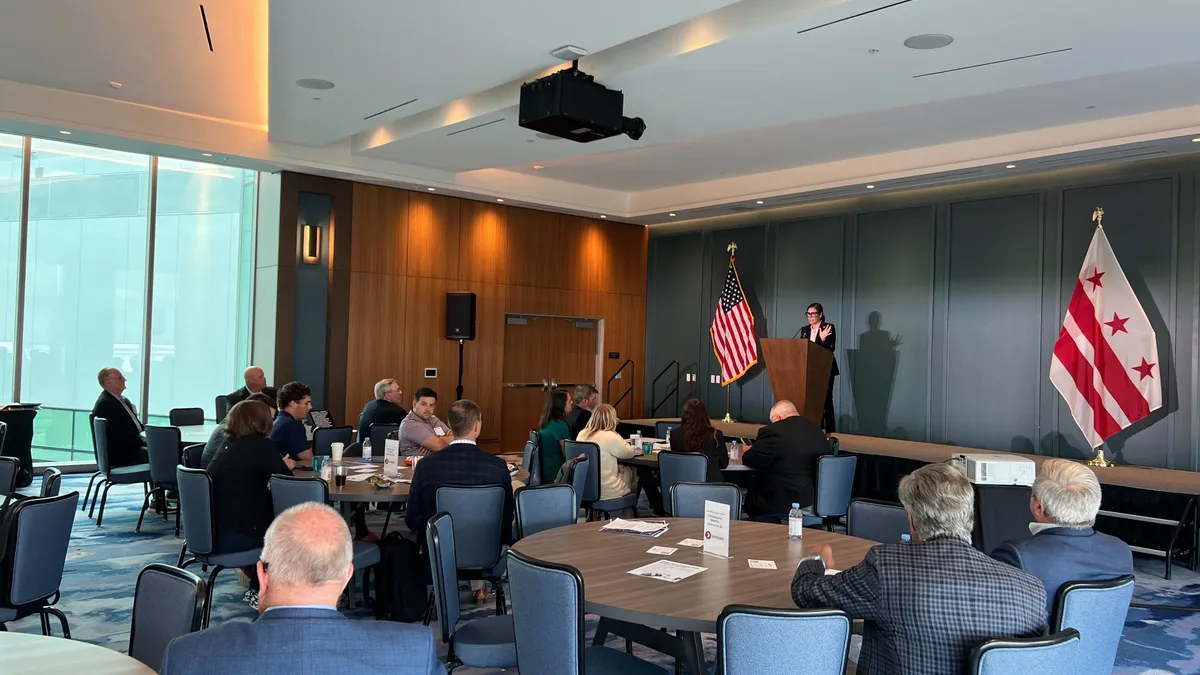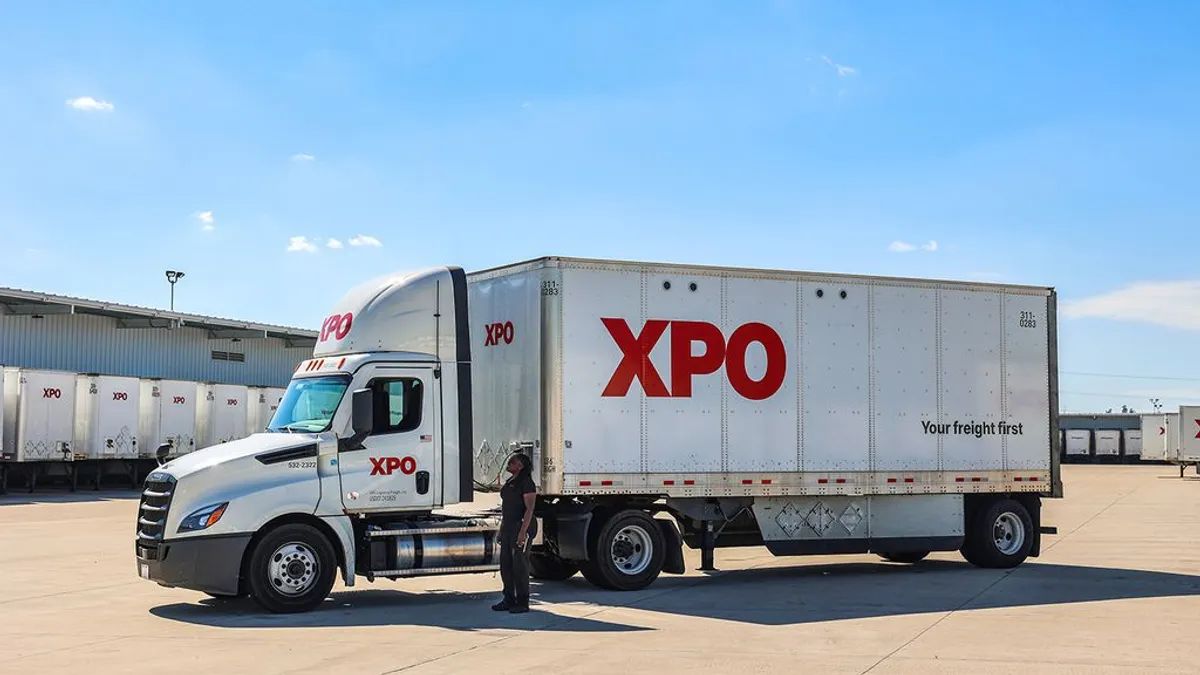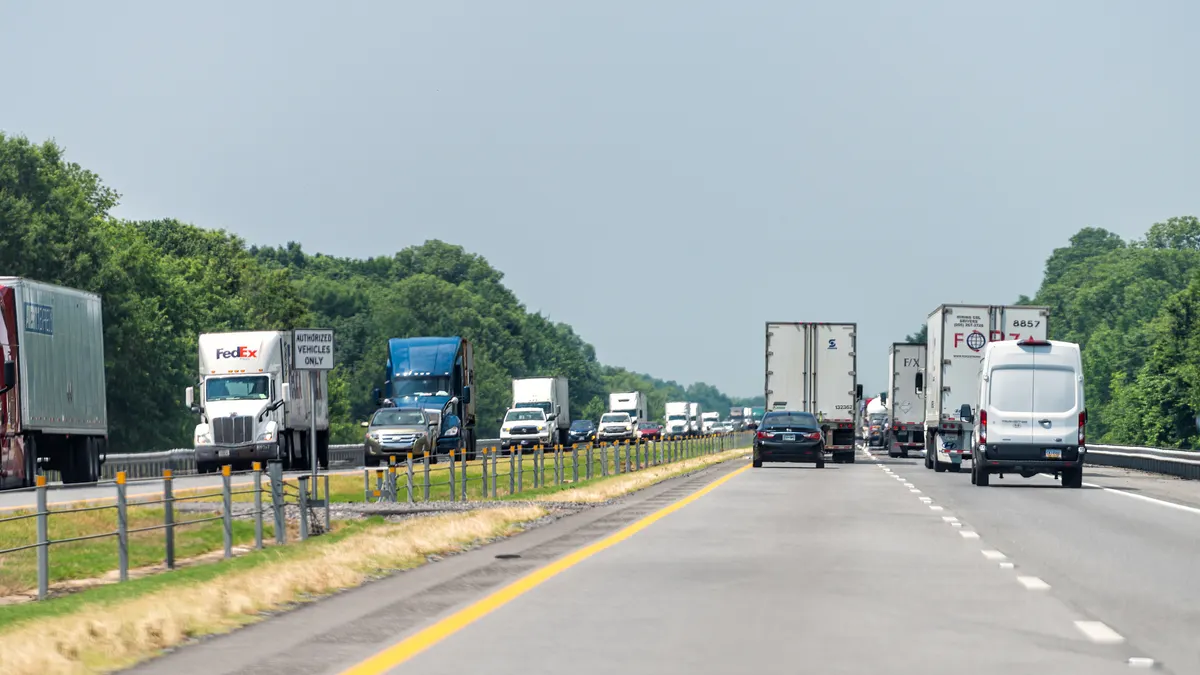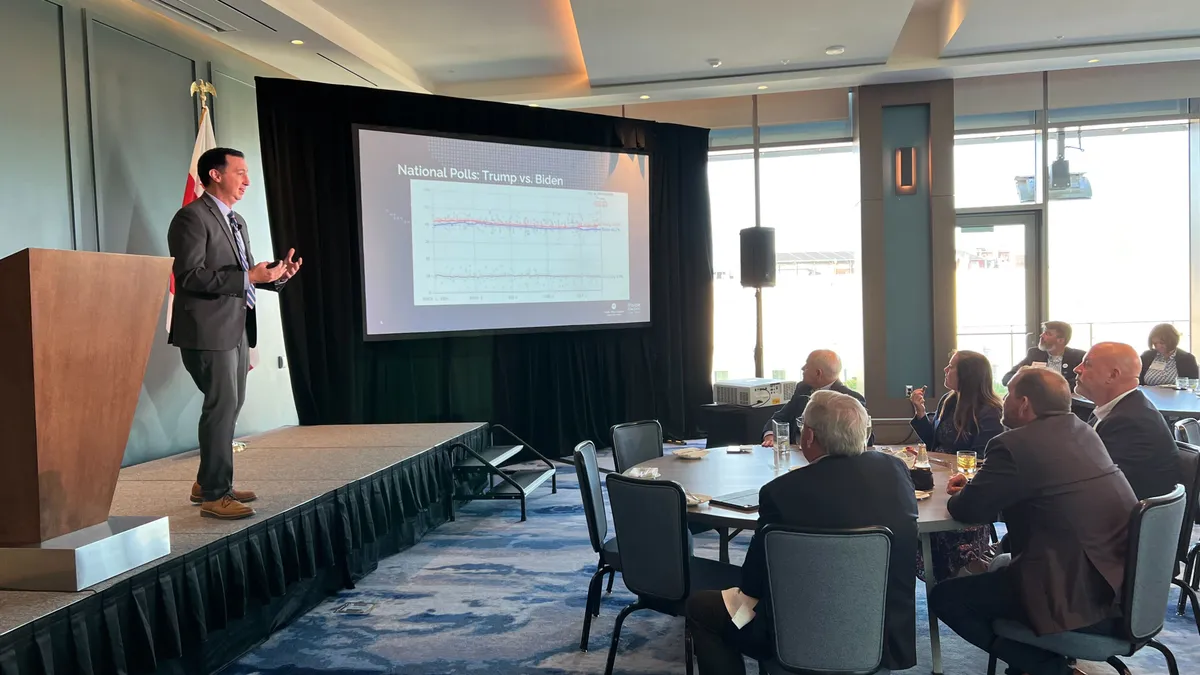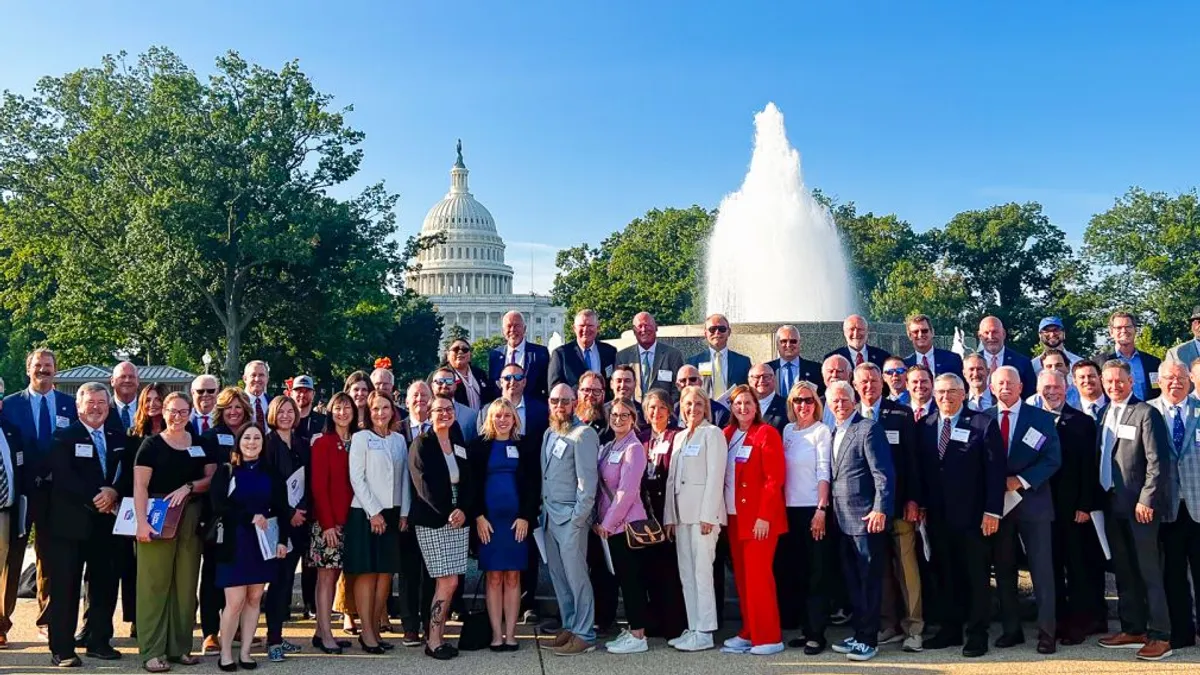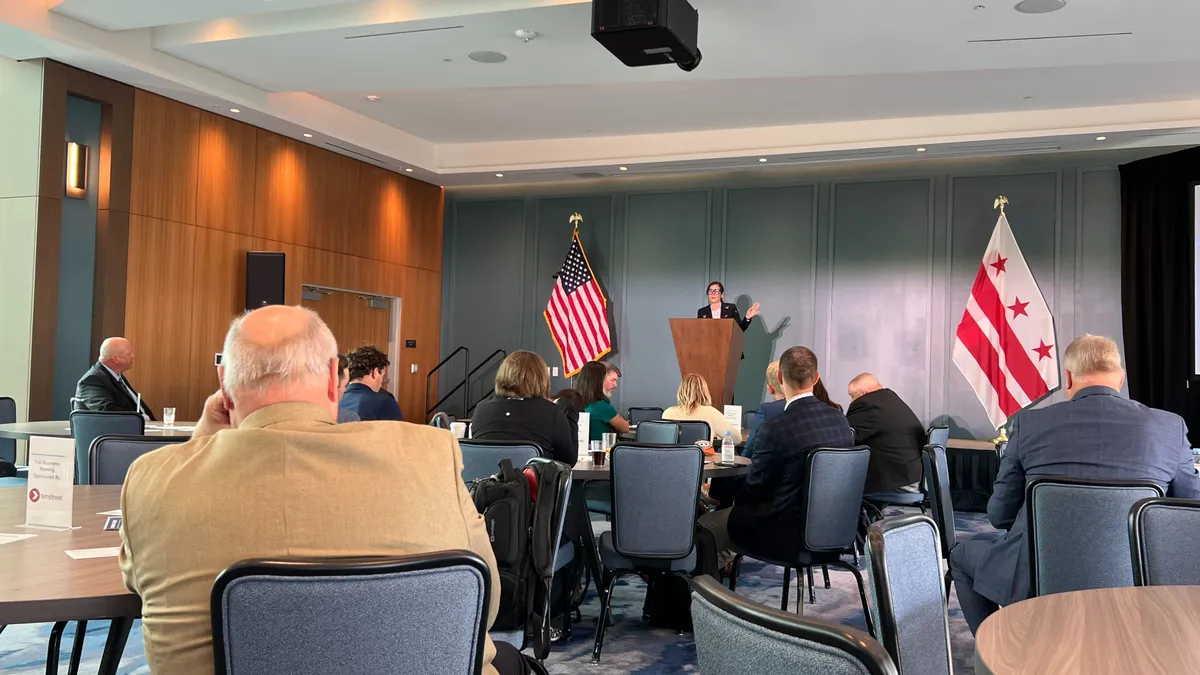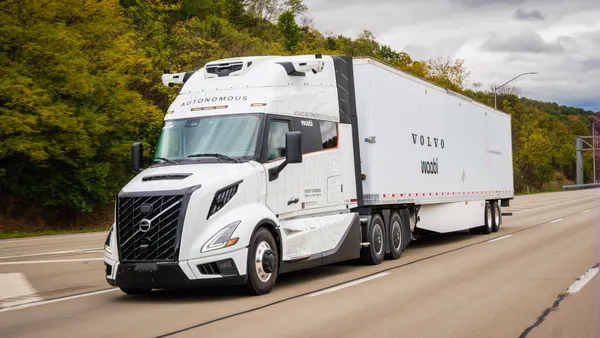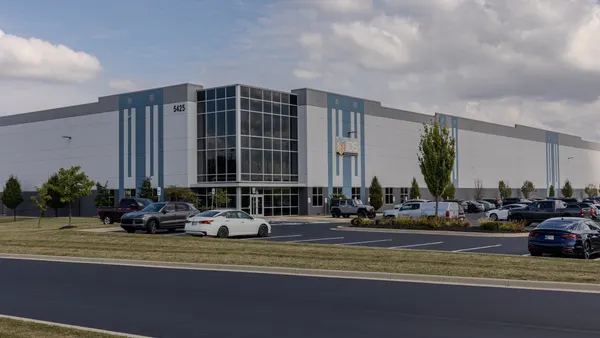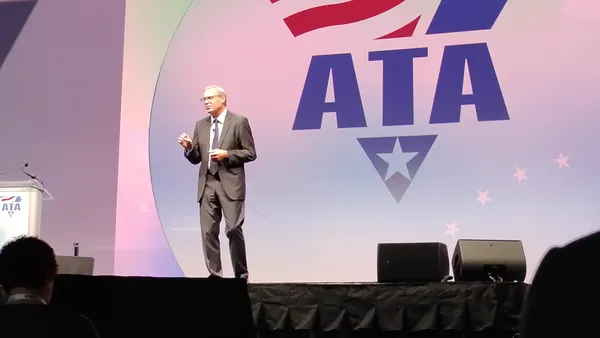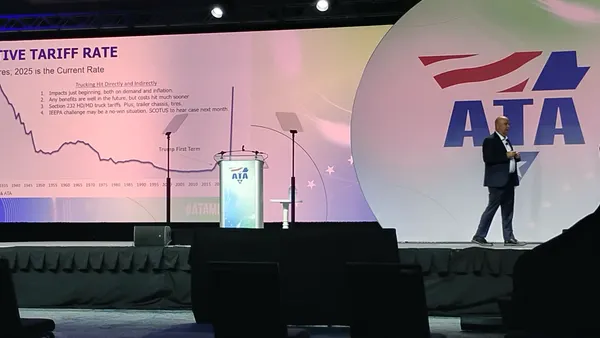WASHINGTON — Trucking executives blasted the Environmental Protection Agency’s Phase 3 emissions reduction rule after a briefing from an EPA official during the Truckload Carriers Association’s Fall Business Meeting in a hotel conference room Wednesday.
Alejandra Nunez, deputy assistant administrator for mobile sources in the EPA’s Office of Air and Radiation, took copious notes as company leaders raised their concerns, and she promised to share them with her colleagues and other government regulators.
“That's why we have this process,” Nunez said, “so that if the information warrants making adjustments, we have time to do that. We want a rule that works, just like everybody else, right? So we will continue to engage with everybody.”
Truckload leaders lined up to identify issues in the rule, such as the EPA’s 2027-2032 implementation timeline, the cost for carriers, the lack of underlying charging infrastructure, increased truck weights and truck counts, and effects on drivers’ hours of service.
Trucking executives agree with the EPA’s goals of reducing pollution, said Mark Seymour, president and CEO of Canada-based Kriska Transportation Group.
“But it isn't going to work,” Seymour said, drawing laughter from the room. “Now, it can work in parts and it can work in places. ... It simply isn't going to work because it's going to be too expensive. It's not a matter of people not wanting to do the right thing, it's we can't afford to do what's being asked.”
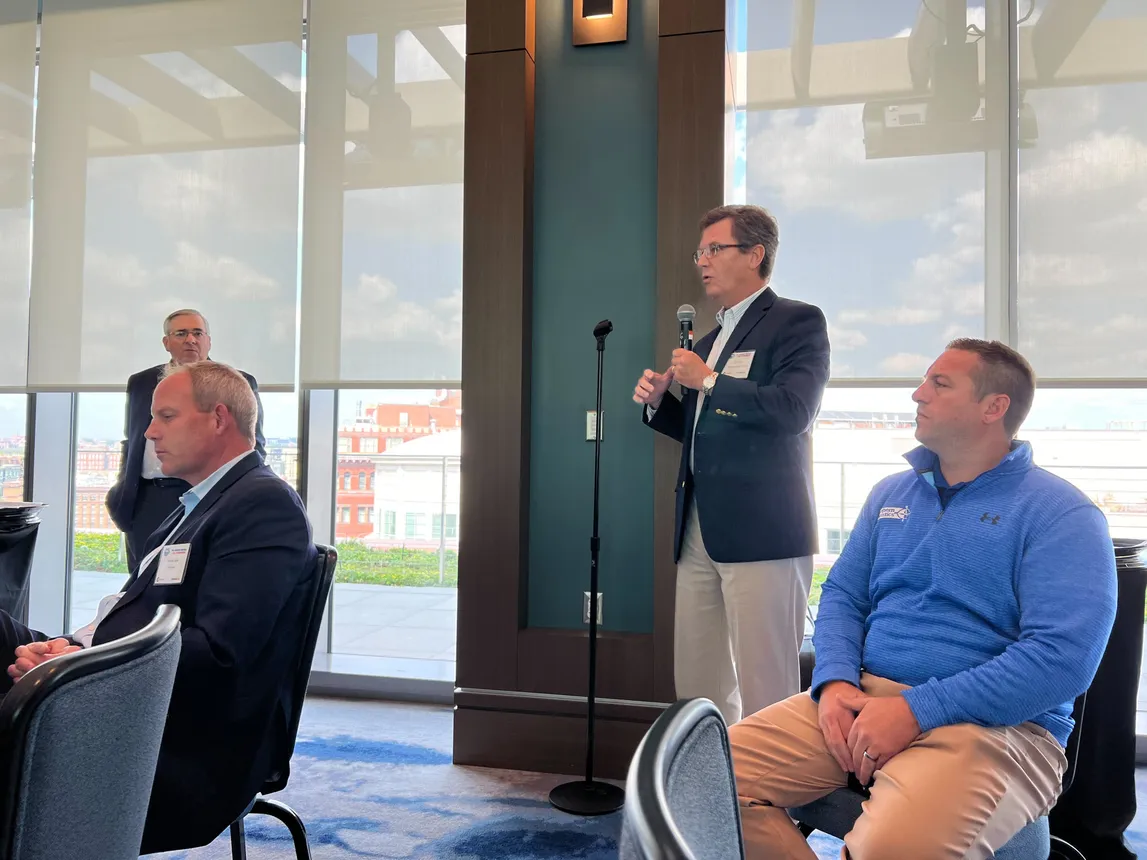
Joey Hogan, former president and board member at Covenant Logistics Group, pointed out that the EPA and California Air Resources Board have different emissions standards — with California’s more stringent than the federal government’s.
“It's hard to get a meeting with CARB, and so, if you could ... kind of talk us through this train wreck that’s happening,” Hogan said. “We’ve heard, ‘Well, we know it’s a tough goal, but you’ll figure it out.’”
“How in the world can an agency, whether it’s a state or [federal] government agency, tell an industry that?” he added.
A lack of clear communication — as well as the significant up-front cost for carriers — fuels the industry’s anxiety on the shift to zero-emissions vehicles, Hogan said.
“We are happy to actually relay this feedback that we're hearing to the California Air Resources Board,” Nunez replied, “because I think it's very important for the agency to be engaging with you.”
The EPA relaxed the stringency of its Phase 3 rule in the first half of the program in response to feedback that it was “very, very challenging,” and the stringency now increases after 2030, Nunez noted.
The agency also has committed to publish periodic reports beginning in 2026 to review metrics on how the rule is being implemented, the official said.
“We would like it to be successful,” Nunez said. “But if it's not, that will give us the information we need to make a decision on whether we need to change standards, and provide significant time to make those changes.”
Equipment manufacturers, who will be held to the new rules, haven't been as opposed as their customers. In advance of the emissions rule release, Cummins joined Ford, BorgWarner and other manufacturers in the Heavy-duty Leadership Group in calling for the EPA to advance the regulations.



